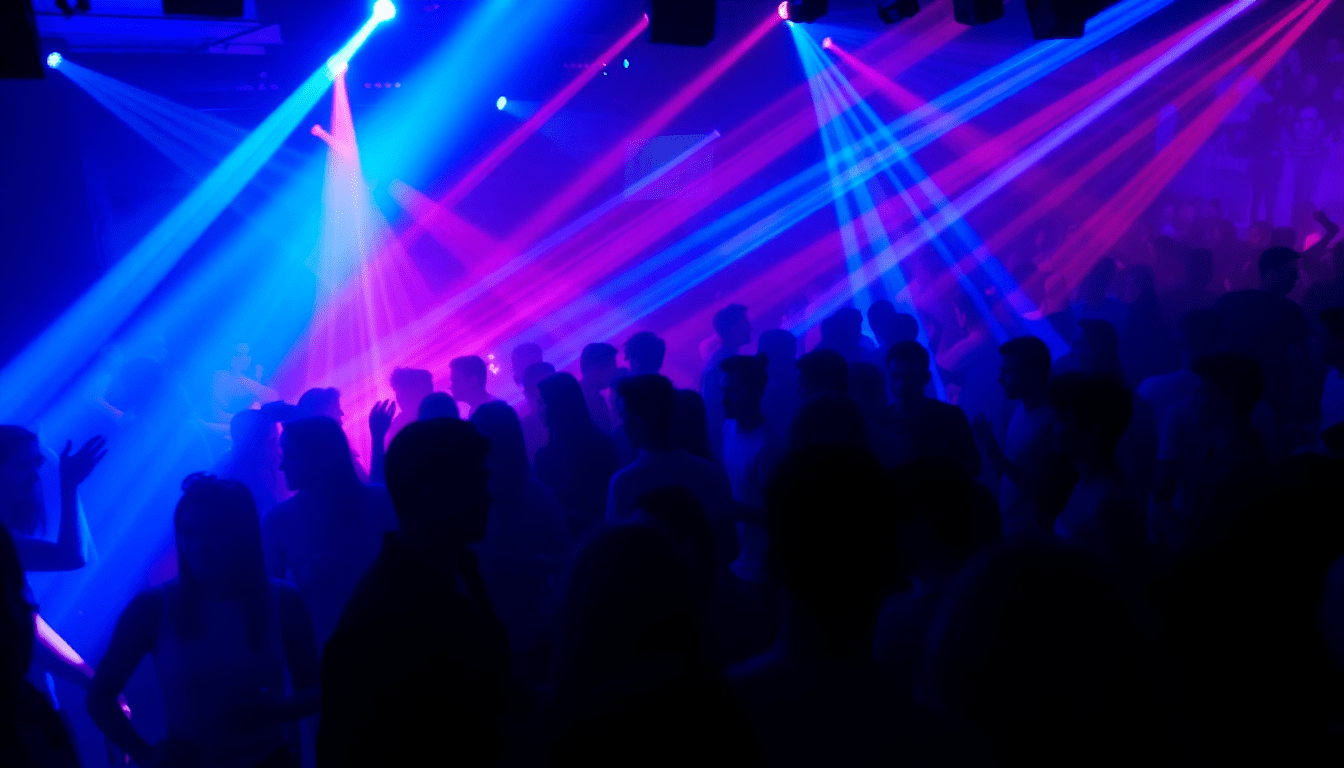Send In Your Photo For A Colour Match Exchanges until you find the perfect match!
The Evolving Nightlife: Navigating the Changing Clubbing Landscape
In the ever-evolving landscape of nightlife and entertainment, the question of whether the clubbing scene is on the decline has been a topic of much debate. As we navigate the post-pandemic era, it's essential to examine the shifting trends and explore the future of this once-thriving industry.
The Rise and Fall of Clubbing
Clubbing has long been a staple of urban culture, offering a vibrant and energetic escape from the monotony of everyday life. The allure of pulsing music, flashing lights, and a sense of community drew in crowds of revelers, making it a rite of passage for many young adults. However, the landscape has undergone a significant transformation in recent years.
The COVID-19 pandemic has undoubtedly left an indelible mark on the clubbing scene. With lockdowns, social distancing measures, and the fear of contagion, many clubs were forced to shut their doors, leaving a void in the lives of those who once found solace in the dance floor. The prolonged absence of these social hubs has led to a shift in consumer behavior, with some questioning whether the clubbing experience will ever fully recover.
The Rise of Alternative Nightlife Experiences
As the pandemic forced people to adapt, the nightlife industry has seen the emergence of alternative entertainment options. Virtual events, outdoor gatherings, and more intimate, curated experiences have gained popularity, catering to a growing demand for safer and more personalized forms of entertainment.
These new offerings have challenged the traditional clubbing model, providing a more tailored and immersive experience for attendees. From rooftop bars with breathtaking views to underground speakeasies with a touch of exclusivity, the nightlife scene has become more diverse and experiential.
The Changing Preferences of Younger Generations
Another factor contributing to the potential decline of the clubbing scene is the shifting preferences of younger generations. Millennials and Gen Z have demonstrated a growing interest in experiences that align with their values, such as sustainability, authenticity, and social consciousness.
The allure of the traditional club, with its emphasis on excess and indulgence, may not resonate as strongly with these demographic groups. Instead, they are drawn to venues that offer a more holistic and meaningful experience, where the focus is on community, wellness, and ethical practices.
The Rise of Wellness-Focused Nightlife
In response to this shift, some nightlife venues have adapted by incorporating wellness-focused elements into their offerings. Yoga classes, meditation sessions, and healthy food and beverage options have become increasingly common, catering to the growing demand for a more mindful and balanced nightlife experience.
These wellness-centric venues not only provide a refreshing alternative to the traditional club but also appeal to a broader audience, including those who may have previously felt disconnected from the clubbing scene.
The Future of Clubbing
As the nightlife industry navigates these changes, it's clear that the future of clubbing will likely look different from its past. While the allure of the dance floor and the thrill of a high-energy night out may never fully disappear, the industry will need to adapt to the evolving preferences and needs of its patrons.
Embracing Sustainability and Inclusivity
One key aspect of the industry's future will be a greater emphasis on sustainability and inclusivity. Clubs and event organizers will need to prioritize eco-friendly practices, such as reducing waste, using renewable energy sources, and promoting sustainable fashion and transportation options.
Additionally, the nightlife scene must become more inclusive, catering to a diverse range of identities, backgrounds, and preferences. This includes creating safe and welcoming spaces for marginalized communities, as well as offering programming and experiences that cater to a wider demographic.
Leveraging Technology and Personalization
The integration of technology will also play a crucial role in the future of clubbing. From seamless ticketing and entry systems to personalized recommendations and interactive experiences, clubs will need to leverage digital tools to enhance the overall experience for their patrons.
By harnessing the power of data and AI, clubs can better understand their audience's preferences and tailor their offerings accordingly. This level of personalization can help to create a more engaging and memorable nightlife experience, ultimately attracting and retaining a loyal customer base.
Conclusion
The clubbing scene is undoubtedly facing a period of transformation, but this does not necessarily mean its demise. As the industry adapts to the changing needs and preferences of its patrons, it has the opportunity to reinvent itself and emerge stronger than ever before.
By embracing sustainability, inclusivity, and technological innovation, the nightlife industry can create a future that resonates with a new generation of revelers. Whether it's through the evolution of traditional clubs or the rise of alternative nightlife experiences, the future of clubbing will be shaped by the ability of the industry to listen, adapt, and innovate.
As we navigate this transitional period, it's essential to remain open-minded and embrace the possibilities that lie ahead. The clubbing scene may look different, but its ability to bring people together, foster community, and provide a much-needed escape from the everyday remains as vital as ever.
 Free Next Day delivery from the UK
Free Next Day delivery from the UK
 Easy UK Based Returns
Easy UK Based Returns








































































































Leave a comment